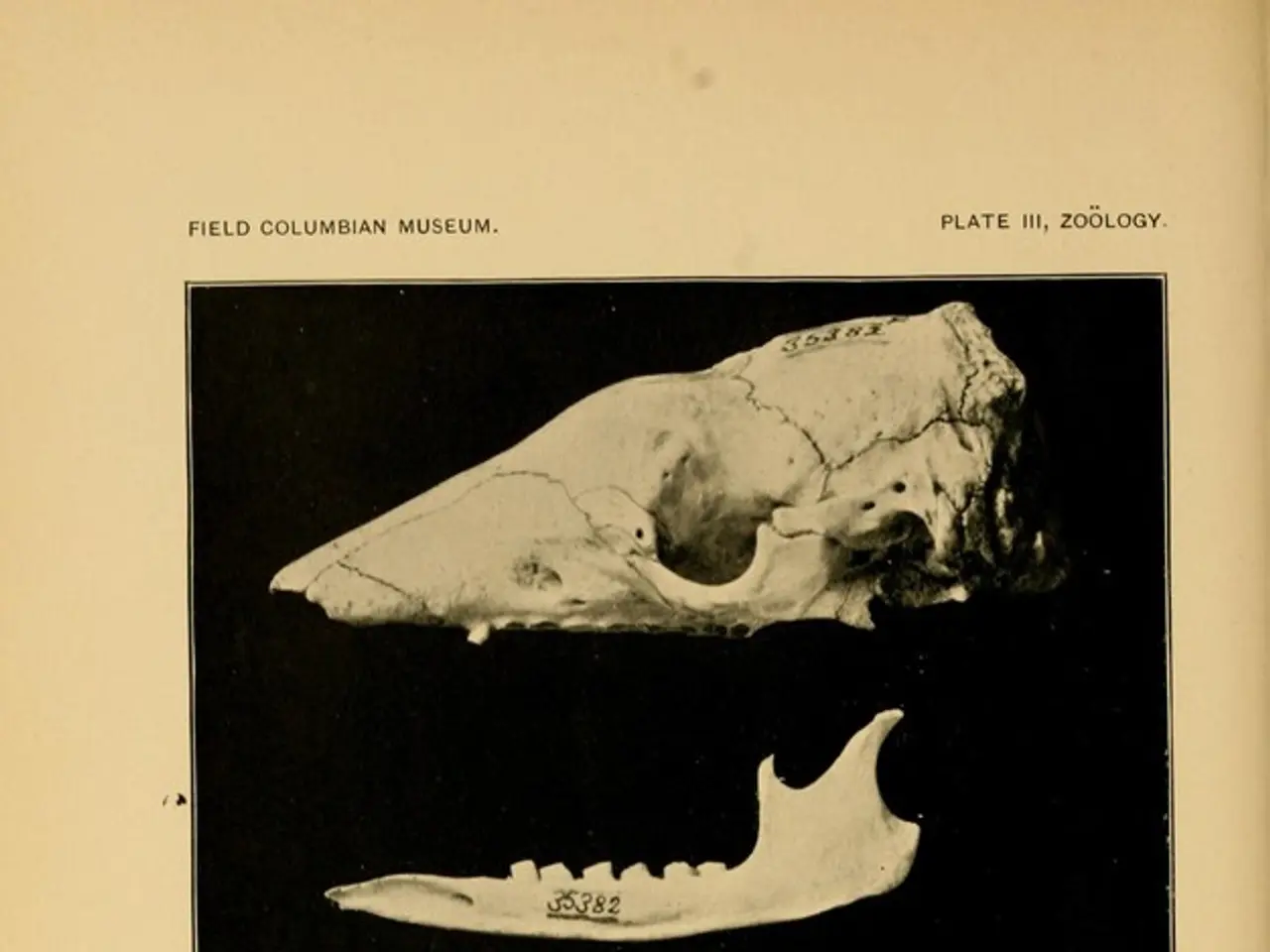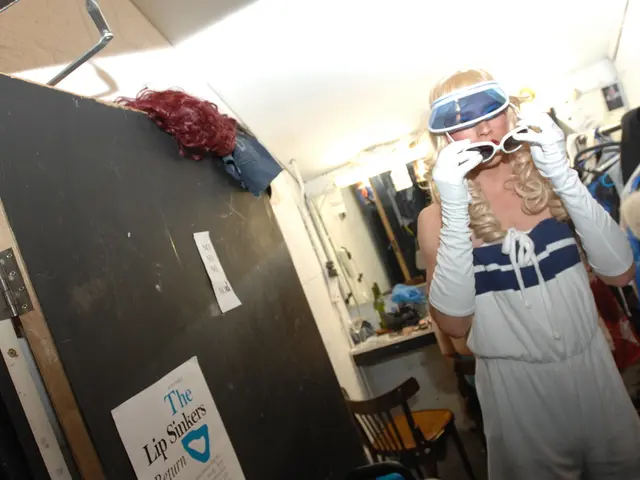Surgical treatments for Osteochondritis dissecans: Essential facts to be aware of
Osteochondritis dissecans is a joint condition where a small section of bone and cartilage separates from the surrounding areas, often causing pain and limiting mobility. This condition can affect various joints, including the ankle, knee, and others.
When it comes to surgical intervention for osteochondritis dissecans, several options are available. Most surgeries are performed arthroscopically, a minimally invasive procedure that allows the surgeon to repair the damaged areas with precision.
One common surgical method is drilling, which has success rates of 92-100% for healing and symptom relief. Another option is fixation, which can be done using metallic screws (with a healing success rate of 84-100%) or bioabsorbable implants (with about a 90% healing success rate). Cartilage grafting, a technique that involves transplanting healthy cartilage tissue, also has a good to excellent recovery rate of approximately 72%.
The knee joint is the most common site for osteochondritis dissecans surgery, but lesions in other weight-bearing areas may not respond as well to surgery as those in other areas. In some cases, total or partial knee replacement surgeries may be recommended.
Doctors may recommend surgery if nonsurgical therapies are ineffective, the lesion is larger than 1 centimeter in diameter, or the lesion becomes detached. Before surgery, a person may need an X-ray, MRI, or ultrasound to assess the extent of the damage.
Recovery time for osteochondritis dissecans surgery typically requires the use of crutches for 6-12 weeks, 2-4 months of physical therapy, and about 4-5 months before returning to sports or physical activities. In some cases, symptoms may not require surgery if they go away within 2-4 months.
It's important to note that not everyone with osteochondritis dissecans needs surgery. Conservative treatment for mild cases, particularly in children and young teenagers, may involve observation and activity restriction.
For those considering surgery, it's essential to discuss preparation and recovery with their surgeon or medical team. In some cases, doctors may also recommend the use of assistive devices like crutches, splinting, or casting the affected arm or leg if symptoms show no sign of improvement with rest.
In conclusion, while osteochondritis dissecans can be a challenging condition, advancements in surgical techniques and recovery methods have made it possible for many patients to return to their normal activities. As always, it's crucial to consult with a healthcare professional for personalised advice and treatment options.
Read also:
- Is it advisable to utilize your personal health insurance in a publicly-funded medical facility?
- Dietary strategies for IBS elimination: Aims and execution methods
- Benefits, suitable dosage, and safety considerations for utilizing pumpkin seed oil in treating an overactive bladder
- Harmful Medical Remedies: A Misguided Approach to Healing








